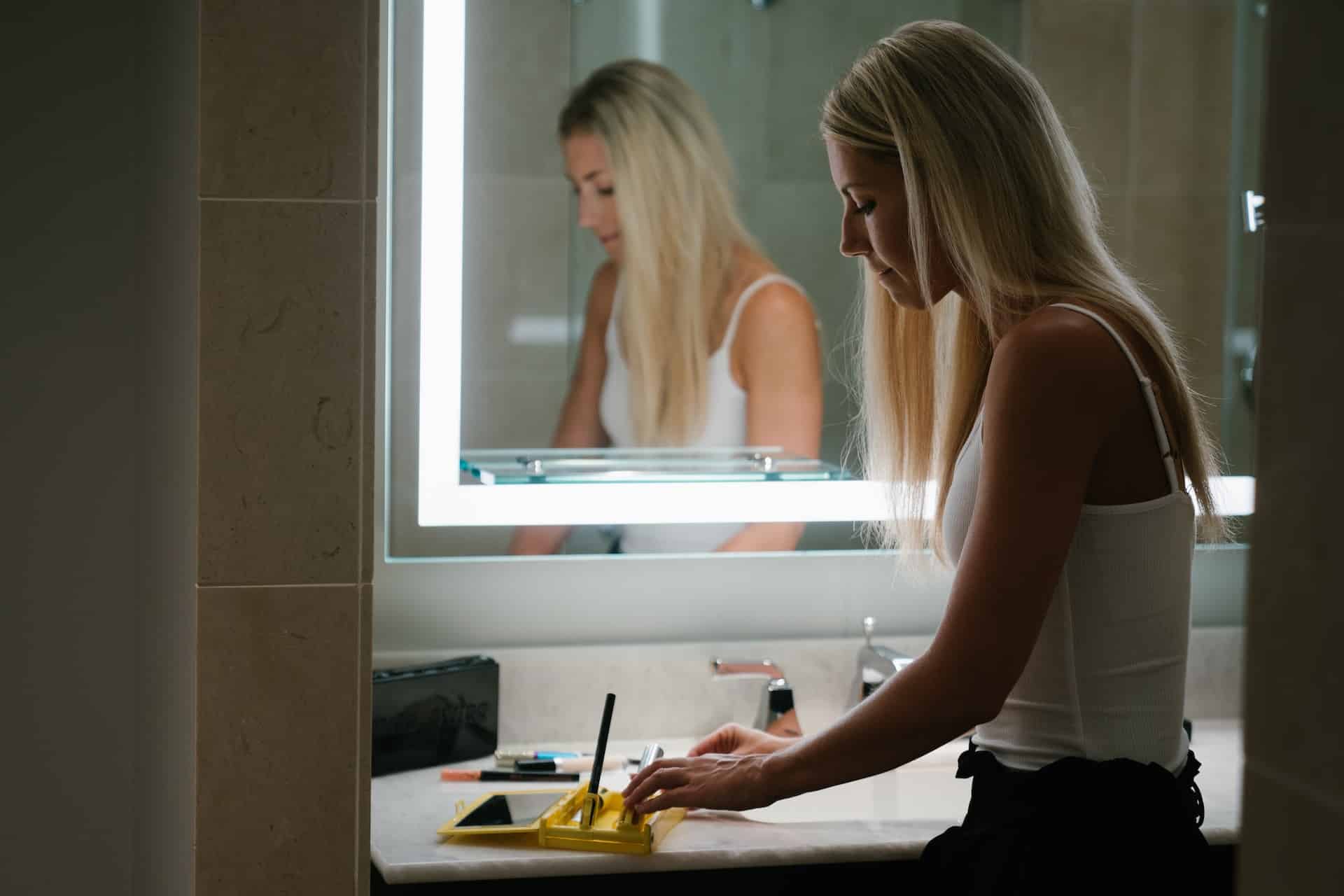
23 Jan Are You Flossing Your Teeth the Right Way? Tips from a Dental Hygienist, Part 2
Do you only floss when you get something stuck in your teeth? Do you tend to avoid flossing because it makes your gums bleed? Do you struggle with using string floss? Daily flossing is very important for good dental health—it helps prevent gum disease as well as tooth decay. But if you’re not doing it the right way, you could end up hurting your gums.
We want to help you take better care of your dental health, so we’re sharing some expert advice about how to floss your teeth correctly.
Five Flossing Tips from Our Dental Hygienists
1: Never Skip a Day
Let’s be honest: most people don’t floss every day. So if you’re one of them, daily flossing should be your #1 resolution. It doesn’t matter whether you floss before or after you brush your teeth, just make sure to pair it with either your morning or evening routine. If you set a reminder on your phone, it will be much harder for you to forget to floss.
2: Wrap and Slide
One of the main reasons people experience bleeding gums after flossing is because they’re using their floss the wrong way. If you snap it straight down between two teeth, you’re bound to injure your gums.
Wrap the floss around the tooth in a C shape, then gently slide it down the tooth to the gum line. Gently move the floss up and down, then cup it around the neighboring tooth and repeat the process before pulling it back up between the teeth.
3: Don’t Forget to Floss Behind Your Back Teeth
Whether you’re brushing or flossing, this can be one of the hardest spots to reach. But it’s also one of the easiest places for bacteria to build up. When you floss, start with the area behind the back molar and work your way tooth by tooth up to the front teeth. Then switch to the back molar on the other side and work your way forward again. Depending on where you started, repeat the process for the top or bottom teeth.
4: Keep It Clean
You need to use a very long piece of floss—longer than you might think. Ideally, you want to use a clean bit of floss for each tooth. With a long piece of floss, you can keep winding the floss as you go along, ensuring that each gap gets a clean length.
Floss picks are good because they keep your fingers farther away from your mouth. However, using the same tiny piece of floss between all your teeth could end up spreading bacteria around. Put your floss picks in your travel tooth care kit instead, for flossing emergencies.
5: Try a Water Flosser
If you hate using string floss, why not try a water flosser? They’re easy to use, and they even come in travel sizes. Water flossers have been on the market for some time now, and not only have they become more effective, they’re even more affordable.
They are also perfectly safe—some people worry that using a water flosser might hurt their gums. However, the water pressure is carefully calculated not to be harmful. In fact, water flossers are usually less dangerous than string floss. If your gums bleed when you use a water flosser, it’s probably due to gingivitis, and you’ll need to see a dentist for preventive treatment.
Gentle Dental Cleanings in Prescott
Want a free flossing demonstration? Make an appointment at Prescott Dentistry today. Our dental hygienists will be happy to show you how to floss your teeth the right way, so you can improve your dental health. Getting the new year off to a good start with better dental hygiene habits will help you end the year with a brighter smile. We look forward to your visit!
Photo by Ashley Piszek on Unsplash used with permission under the Creative Commons license for commercial use 1/11/2024.



